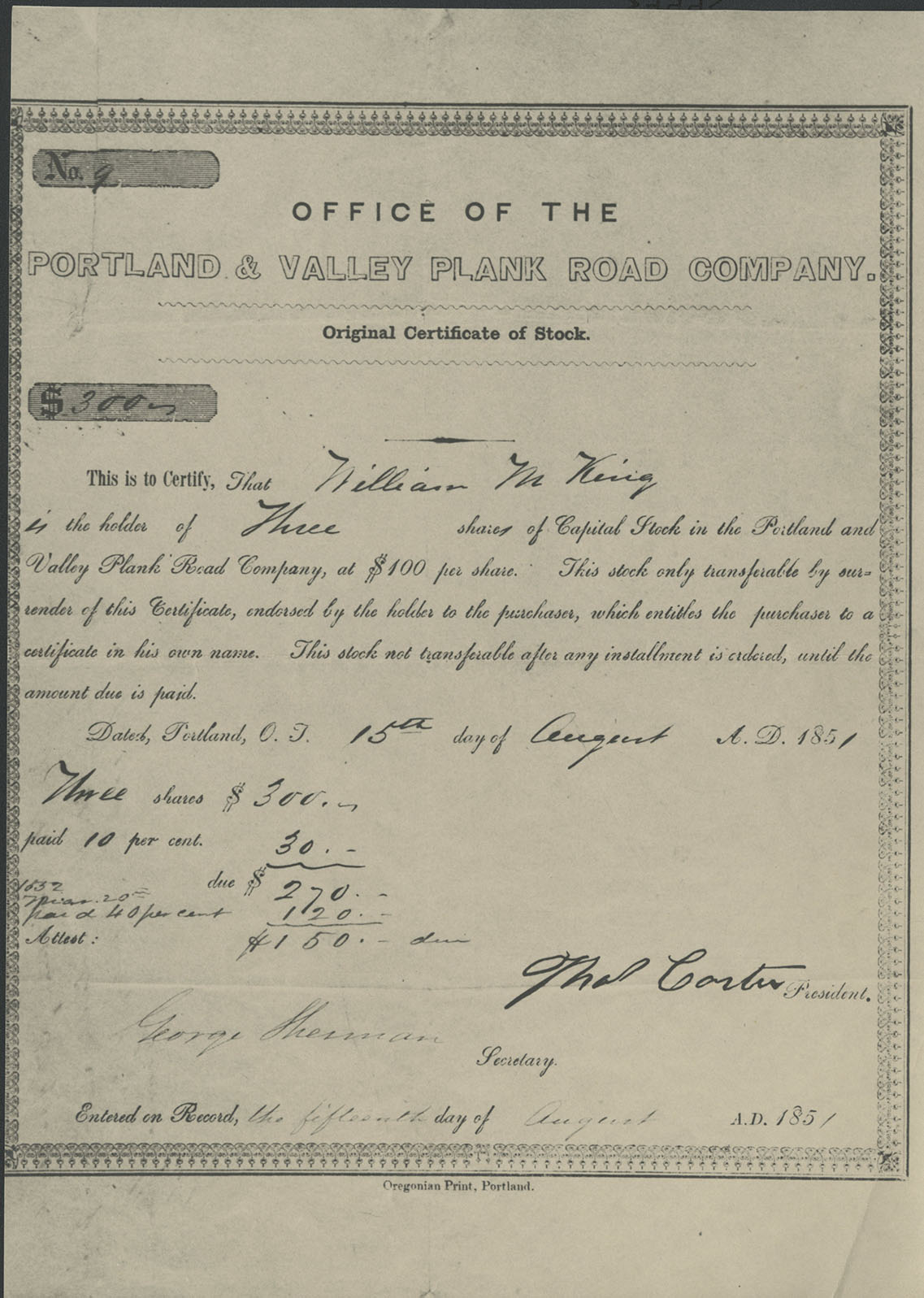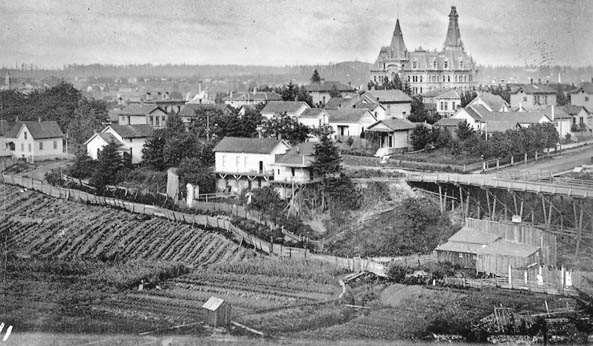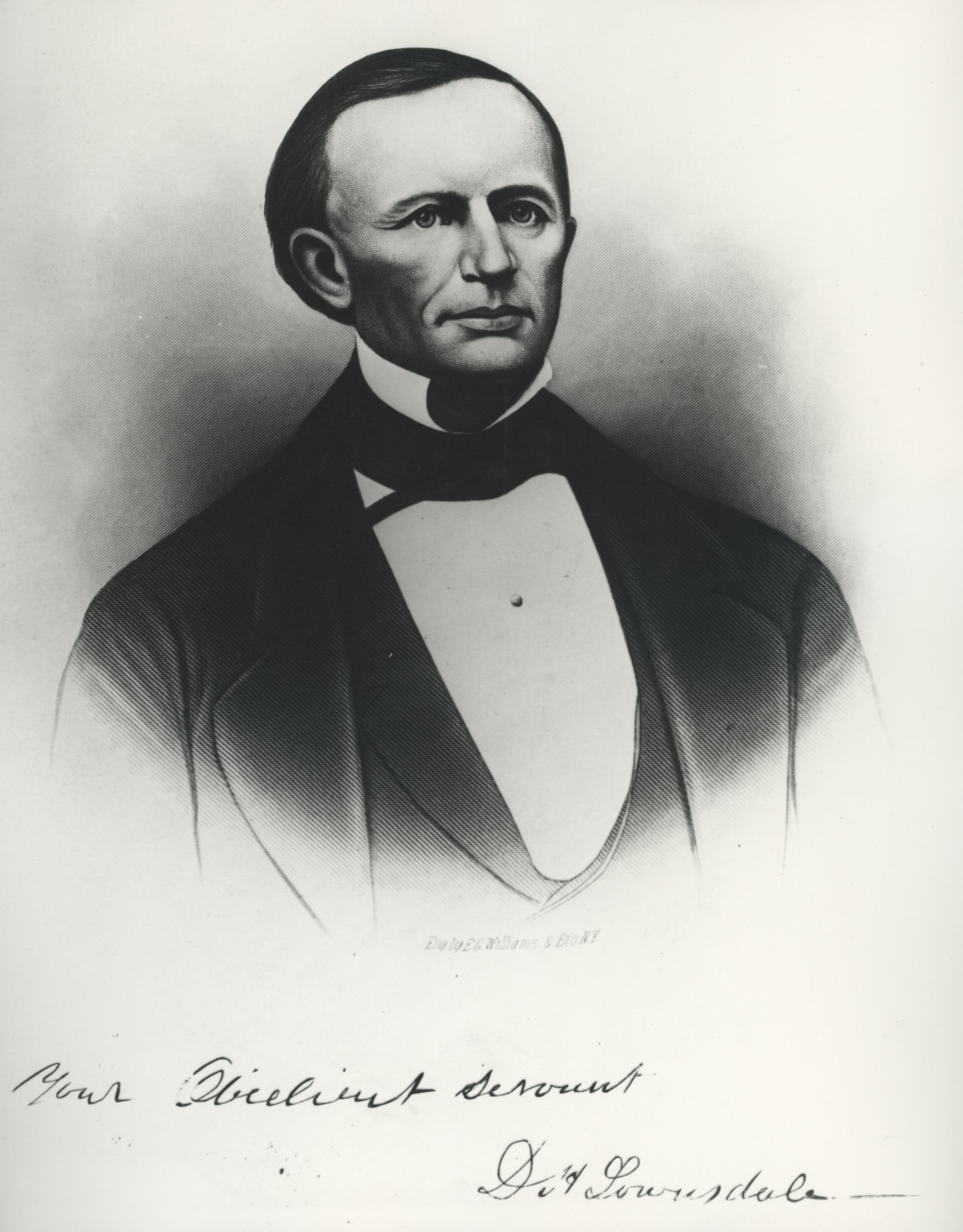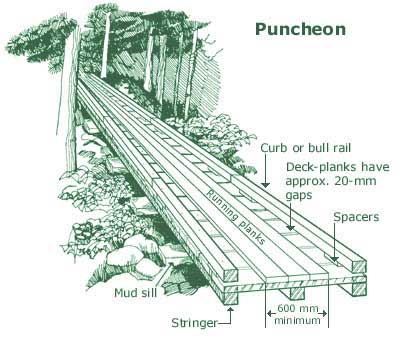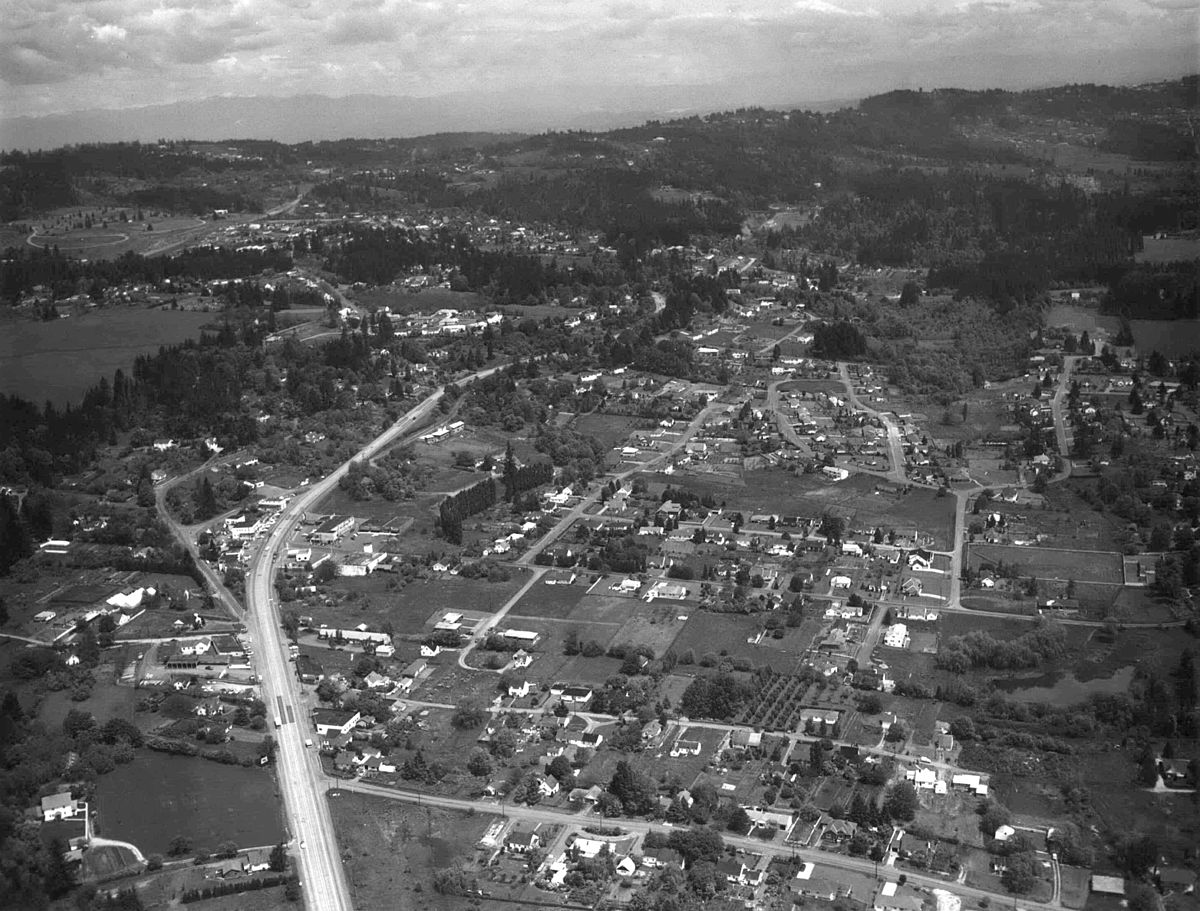I think the plank road idea as a pike might be right
this might be why the chart/map says pike, in February 1856 a new co. built more plank road & charged a toll.
I think that tolls were charged back east too & called pikes. JMO that suggests the chart/map marker was familiar
with pike roads back east. more info @links
the first planks on September 27, 1851 were laid for the great plank road,the effort went bankrupt January 1853.
By early 1852, workers had laid planks up present-day Canyon Road,put in a bid to complete the city portion of the
road to Park Avenue on Jefferson Street. After bankrupt, a new company formed in February 1856 as the Portland and
Tualatin Plains Plank Road Company,to complete the plank road & to help finance there was a toll charge for use.
By 1867 the road was deteriorating, 5 years later,The Great Plank Road had become anachronistic.
The Great Plank Road, constructed in 1856, connected productive agricultural communities in the Tualatin Valley to Portland. Paved with sixteen-foot, three-inc…

www.oregonencyclopedia.org
more on Lownsdal & the road, from the goose hollow link
Lownsdale sold the tannery and land in 1848 and bought out Francis Pettygrove’s claim on the Willamette River.
A town booster, he helped persuade Portland to tax itself and build the Great Plank Road (now Jefferson Street,
which becomes Canyon Road as it leaves Goose Hollow). The planks covered a muddy road in the narrow Tanner Creek
Canyon and led to the Willamette River, providing a somewhat navigable road for Tualatin Valley farmers to take
produce to the port.
One of the oldest neighborhoods in Portland, Goose Hollow has a history that includes roving bands of geese, the Great Plank Road, a tannery that helped put Po…

www.oregonencyclopedia.org
Daniel H. Lownsdale
Daniel H. Lownsdale was an early Portland townsite settler who served in the Provisional Government legislature. As a real-estate investor, he owned much of th…

www.oregonencyclopedia.org
plank toll road history

en.wikipedia.org



